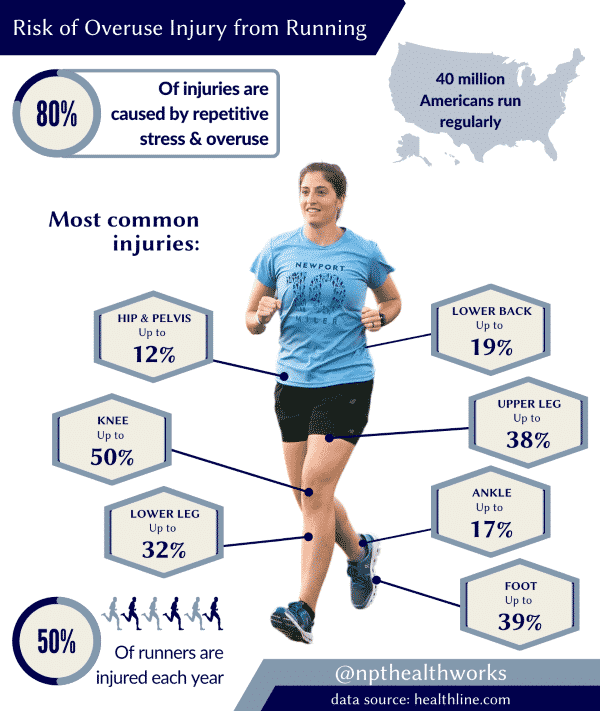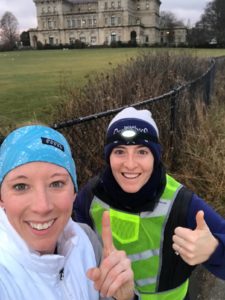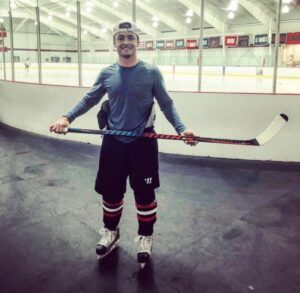Pre- & Post-Run Routines
Pre-Run Activation
For most of us, lacing up our sneakers and heading out the door is the usual routine. No stretch, no warm-up just GO! But, a pre-run activation routine can go a long way in getting your body ready to move. We believe dynamic activation, as opposed to static stretching, is the best way to do that. Whether it is an easy run or your first marathon, this pre-run routine will kickstart your body into motion. So before starting your watch, take a few minutes to try out these dynamic moves. Your body will thank you later!
- High Knees: 1 minute
- Butt Kicks: 1 min
- Walking Lunges with Rotation: 10x each side
- Internal Rotation Activation: 10x each side
- Hamstring Activation: 10x each side
Post- Run Activation
We’ve all been there. You get back from a run, and you are immediately immersed in your next task. Although it is tempting to skip the post-run cool down, it is important to take advantage of warm muscles and kick-start recovery before the next run. Our favorite post-run routine involves static stretching of key running muscles. Your glutes, quads, hip flexors, and calves work hard while running, so it is important to thank them for their work with these stretches. We promise it will make the next run that much better!
- Glute Stretch: 2×30 sec hold each side – Laying on your back with both knees bent, pull one leg up and across your body driving the knee to the opposite shoulder. Use the other leg as a kickstand to prevent your body from rotating.
- Hip Flexor Stretch: 2×30 sec hold each side – Kneeling on 1 knee, posteriorly rotate your pelvis by pulling your belly button to your spine and tucking your hips under. You should feel the stretch in the front of the leg/hip of the knee that is down.
- Hip Internal Rotation Stretch: 2×30 sec hold each side – Laying on your back with both knees bent, walk one foot out to the side and drop the knee towards the table. Keep your hips square on the table.
- Calf Stretch: 2×30 sec hold each side – Using a step or curb, hang both heels off until you feel a stretch behind the lower leg. Complete with knees straight, as well as with knees bent.
-
-





